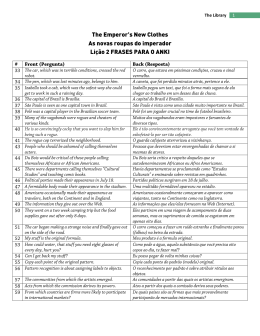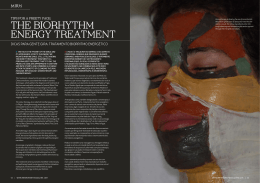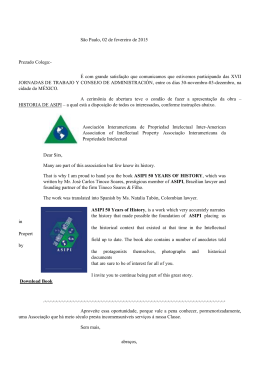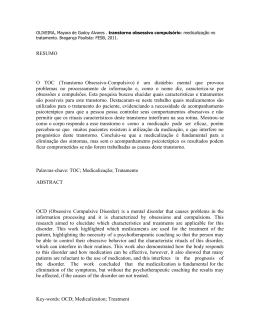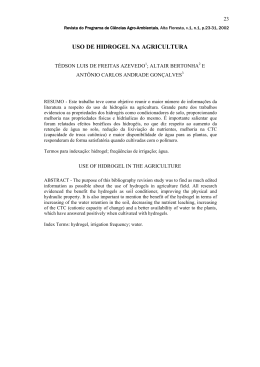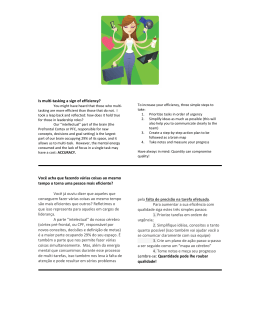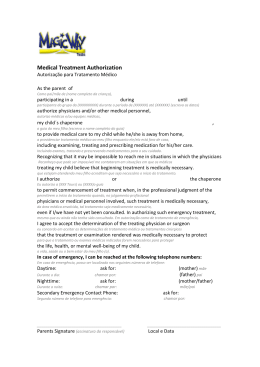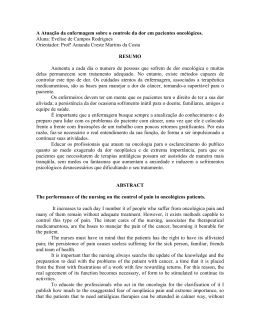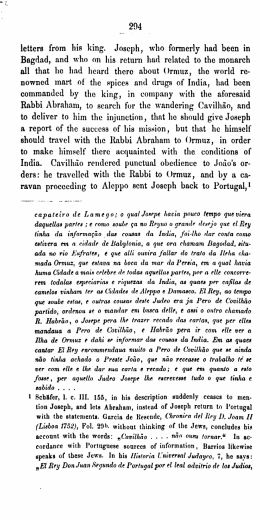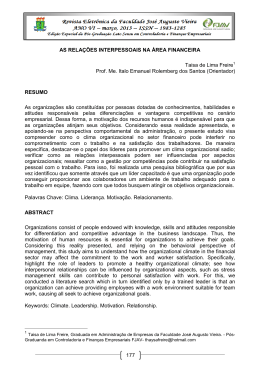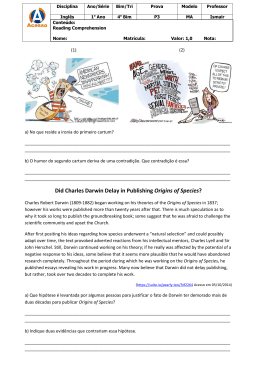FRIAS, Felipe Gonçalves. Cisto folicular em fêmeas bovinas. (TCC). Bragança Paulista, SP: FESB, 2012. 32 p. RESUMO: O Brasil possui o segundo maior rebanho de bovinos do mundo, tendo suas atividades divididas em dois segmentos: a bovinocultura de corte e a leiteira. Para que a atividade se torne viável e lucrativa para o produtor as vacas necessitam parir um bezerro por ano. Existem diversos fatores que atrapalham que a vaca emprenhe em um curto período após o parto e um dos principais fatores que contribuem para este atraso são os cistos ovarianos foliculares (COF). Os COFs são estruturas presentes em um ou ambos os ovários que apresentam diâmetro maior ou igual a 25 mm e que persistem por um período superior a 10 dias sem a presença de um corpo lúteo funcional. Os cistos foliculares se estabelecem no ovário por uma falha no eixo hipotalâmico-hipofisário-gônadal, onde a onda préovulatória de LH não ocorre. A incidência pode variar de 6 a 30% dependendo do rebanho. O diagnóstico é baseado em palpação retal, ultrassonografia e dosagem de progesterona. O tratamento consiste em induzir a luteinização ou a ovulação do cisto utilizando protocolos hormonais. As taxas de cura com os tratamentos corretos são satisfatórias e o animal retorna sua ciclicidade rapidamente após o tratamento. Palavras Chave: Bovinos. Cistos Ovarianos. Cisto Folicular. Hormônios. ABSTRACT: Brazil has the world's 2nd largest herb of cattle, having its activities divided into 2 segments: beef and milk cattle. For the activity to become profitable for the producer, the cows need to calve at least one calf a year. There are several factors which make difficult for the cow to impregnate in a short period after calving and one of the main factors that contribute to this delay are the follicular ovarian cysts (FOC). The FOCs are present structures in one or both ovaries that have diameters equal or larger than 25 mm and which persist for over 10 days without the presence of a functional corpus luteum. The follicular cysts establish themselves in the ovary because of a hypothalamic-pituitary-gonadal axis faillure, where the preovulatory surge of LH does not occur. The incidence may vary from 6 to 30%, depending on the herd. The diagnosis is based on rectal palpation, ultrasonography and progesterone levels. The treatment consists in inducing the ovulation or luteinization of the cyst using hormonal protocols. The rates of cure with appropriate treatment are satisfactory and the animal recovers its cyclicity rapidly after treatment. Key Words: Cattle. Ovarian Cysts. Follicular Cysts. Hormones.
Download





